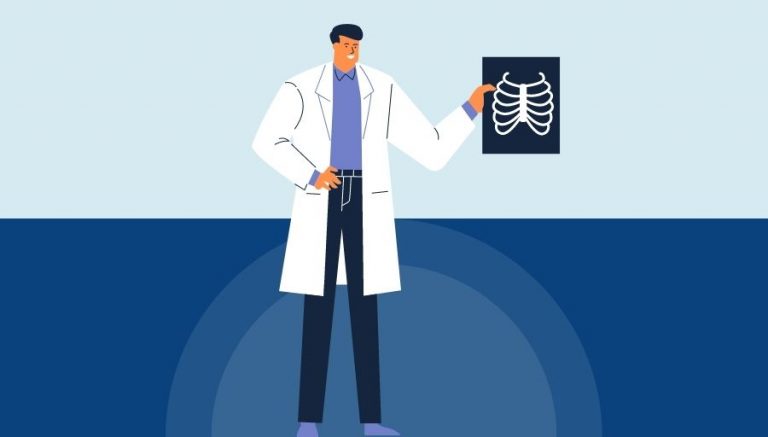How To Use CPT Code 92355
CPT 92355 describes the fitting of a telescopic or other compound lens system on eyeglasses as a low vision aid. This article will cover the description, procedure, qualifying circumstances, appropriate usage, documentation requirements, billing guidelines, historical information, similar codes and billing examples.
1. What is CPT Code 92355?
CPT 92355 can be used to describe the fitting of a telescopic or other compound lens system on eyeglasses as a low vision aid. This code is used when a provider analyzes the anatomical facial characteristics of a patient and fits a telescopic lens on their eyeglasses to improve their near vision for tasks that require better visual acuity.
2. Official Description
The official description of CPT code 92355 is: ‘Fitting of spectacle mounted low vision aid; telescopic or other compound lens system.’
3. Procedure
- The provider assesses the patient’s anatomical facial characteristics to determine the best fit for the telescopic or compound lens system.
- Based on the analysis, the provider selects the appropriate telescopic or compound lens system for the patient’s specific visual needs.
- The provider makes the necessary adjustments to the spectacles to ensure the best fit and visual outcome for the patient.
- The patient is then provided with the fitted eyeglasses containing the telescopic or compound lens system.
4. Qualifying circumstances
Patients eligible for CPT 92355 are those who require a low vision aid to improve their near vision for tasks that cannot be adequately corrected with regular glasses or contact lenses. The provider must fit a telescopic or other compound lens system on the patient’s eyeglasses. Anatomical topography analysis is performed to ensure the best fit and visual outcome for the patient.
5. When to use CPT code 92355
CPT code 92355 should be used when a provider fits a telescopic or other compound lens system on eyeglasses as a low vision aid for a patient. This code is appropriate when the patient requires better near vision for tasks that cannot be adequately corrected with regular glasses or contact lenses.
6. Documentation requirements
To support a claim for CPT 92355, the provider must document the following information:
- Anatomical facial characteristics analysis
- Specifications of the selected telescopic or compound lens system
- Adjustments made to the spectacles for the best fit and visual outcome
7. Billing guidelines
When billing for CPT 92355, ensure that the provider fits a telescopic or other compound lens system on the patient’s eyeglasses as a low vision aid. Report materials as a separate service component and not as part of the service of fitting spectacles. Medicare considers CPT 92355 bundled into the payment for spectacles.
8. Historical information
CPT 92355 was added to the Current Procedural Terminology system on January 1, 1990. There have been no updates to the code since its addition.
9. Examples
- A provider fitting a telescopic lens on eyeglasses for a patient with macular degeneration to improve their near vision for reading.
- A provider fitting a compound lens system on eyeglasses for a patient with diabetic retinopathy to enhance their near vision for performing detailed tasks.
- A provider fitting a telescopic lens on eyeglasses for a patient with glaucoma to improve their near vision for activities such as sewing or crafting.
- A provider fitting a compound lens system on eyeglasses for a patient with cataracts to enhance their near vision for tasks like cooking or writing.
- A provider fitting a telescopic lens on eyeglasses for a patient with retinitis pigmentosa to improve their near vision for activities like playing cards or using a computer.
- A provider fitting a compound lens system on eyeglasses for a patient with age-related macular degeneration to enhance their near vision for tasks such as reading sheet music or playing an instrument.
- A provider fitting a telescopic lens on eyeglasses for a patient with Stargardt disease to improve their near vision for activities like reading labels or using a smartphone.
- A provider fitting a compound lens system on eyeglasses for a patient with optic neuritis to enhance their near vision for tasks such as reading medication labels or cooking.
- A provider fitting a telescopic lens on eyeglasses for a patient with albinism to improve their near vision for activities like reading small print or doing crossword puzzles.
- A provider fitting a compound lens system on eyeglasses for a patient with retinal detachment to enhance their near vision for tasks such as reading menus or writing notes.



